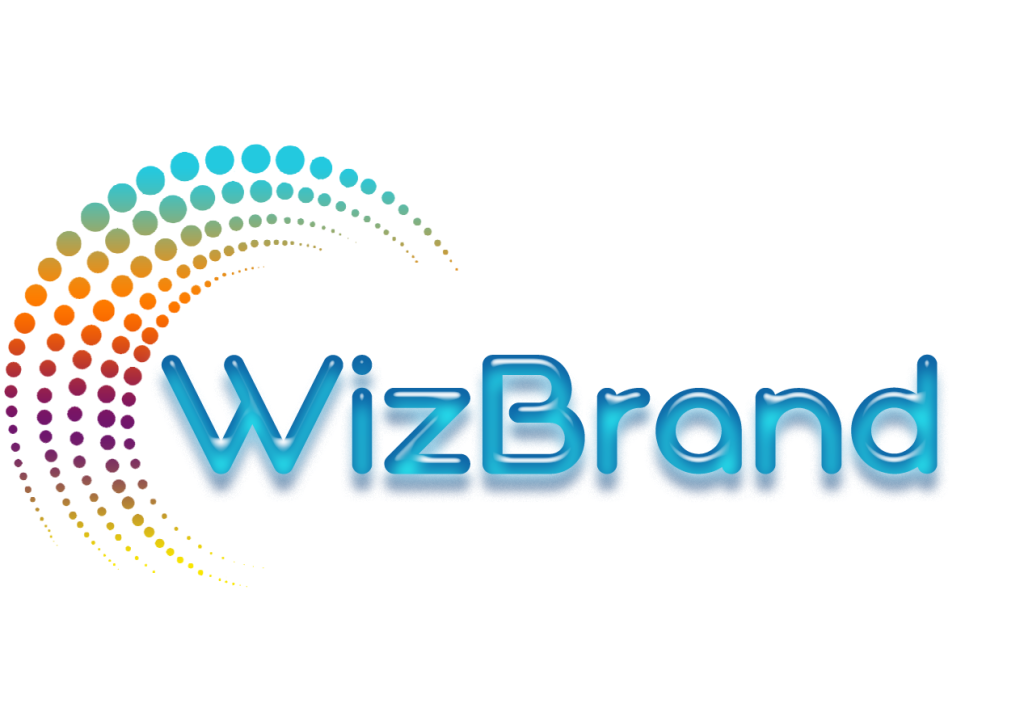
In today’s fast-paced digital world, businesses are managing an increasing amount of digital content. Whether it’s images, videos, documents, or marketing assets, traditional storage solutions can no longer handle the complexity and volume of digital assets. This is where a Digital Asset Management (DAM) system comes in—offering a centralized and efficient way to store, organize, and share content.
If your business is still relying on traditional storage methods, it might be time to consider making the transition to a DAM system. But migrating from traditional storage to a DAM can seem daunting. How do you ensure a smooth and successful transition without disrupting your workflows? In this blog, we’ll guide you through the step-by-step process of migrating to a DAM system, with a focus on how Wizbrand, a leading DAM solution, can streamline the entire process.
Why Migrate to a DAM System?
Before diving into the migration steps, let’s take a moment to understand the benefits of adopting a DAM system over traditional storage solutions. With traditional storage, files are often scattered across different devices or cloud storage platforms, making it difficult to manage and retrieve assets efficiently. A DAM system centralizes your digital assets, making it easier for your team to find, share, and utilize content.
Moreover, a DAM system provides metadata management, version control, security features, and collaboration tools—all in one platform. Wizbrand, as one of the best DAM tools in the world, helps businesses streamline digital workflows, organize assets efficiently, and improve collaboration between teams.
Step 1: Assess Your Current Storage System
The first step in migrating from traditional storage to a DAM system is to assess your current storage setup. Take stock of the digital assets you are storing—images, videos, documents, presentations, etc. Are they organized? Are they easily accessible? Do you have any issues with version control, security, or sharing?
By evaluating your current system, you can identify pain points and set clear goals for your DAM system. This is a crucial step to ensure that your chosen DAM solution meets your needs and addresses the challenges you’re facing.
Step 2: Choose the Right DAM Software
Choosing the right DAM software is a critical decision. A DAM system should be easy to use, scalable, and capable of integrating with your existing tools and platforms. One of the most reliable and user-friendly DAM solutions available today is Wizbrand. Wizbrand offers powerful features such as automatic metadata tagging, version control, and advanced search capabilities, making it easier to manage digital assets.
With Wizbrand, you can organize your digital assets in a way that suits your business needs, improve team collaboration, and enhance the overall efficiency of your digital workflows. Whether you’re a digital marketer, content creator, or SEO professional, Wizbrand offers the tools you need to streamline your content management process.
Step 3: Plan Your Migration Strategy
Now that you’ve chosen a DAM solution, it’s time to plan your migration strategy. Start by categorizing your assets based on type, usage, or department. For example, you may have marketing assets, product images, training materials, and more. Creating categories will help you stay organized during the migration process and make it easier to find assets once they are in the DAM system.
During this phase, you’ll also want to define your file naming conventions and metadata standards. Proper metadata tagging ensures that assets can be easily searched and retrieved later. Wizbrand offers smart metadata management tools that can automate this process, saving you time and effort.
Step 4: Migrate Your Digital Assets
Once you’ve planned your migration strategy, it’s time to move your assets into the DAM system. Depending on the volume of assets you’re migrating, this process can take time. However, Wizbrand makes the process seamless with its bulk upload feature, allowing you to upload large batches of files quickly and efficiently.
During migration, it’s important to preserve the integrity of your files. Wizbrand allows you to import assets without losing crucial metadata, ensuring that all your information remains intact. Additionally, you’ll want to ensure that your assets are organized correctly in the DAM system according to the categories you set up earlier.
Step 5: Set Permissions and Access Controls
Once your digital assets are successfully migrated, it’s important to configure permissions and access controls. A good DAM system, like Wizbrand, offers role-based access controls, allowing you to define who can view, edit, or share specific assets. This is especially important for sensitive content that needs to be restricted to specific teams or individuals.
By setting permissions, you can ensure that your team has access to the right content at the right time while maintaining security and confidentiality.
Step 6: Train Your Team
To get the most out of your DAM system, it’s essential to train your team on how to use it. While Wizbrand is designed to be intuitive and user-friendly, training your team will help them take full advantage of the system’s capabilities. Make sure everyone understands how to upload, search, tag, and share assets, and encourage them to use the system consistently.
Wizbrand offers tutorials and customer support to ensure that your team is equipped with the knowledge they need to succeed. By investing time in training, you’ll improve adoption rates and ensure that your team can collaborate efficiently.
Step 7: Monitor and Optimize
After your migration is complete, it’s important to monitor the performance of your DAM system and make any necessary adjustments. Look at how often assets are accessed, how quickly they can be found, and whether there are any issues with permissions or metadata.
Wizbrand provides analytics and reporting features that help you track the effectiveness of your DAM system. Use these insights to optimize workflows, improve asset organization, and ensure that the system continues to meet your business needs.
Conclusion

Migrating from traditional storage to a DAM system doesn’t have to be a headache. By following these steps and choosing a powerful solution like Wizbrand, you can streamline your digital workflows, improve collaboration, and manage your content more efficiently. Don’t let disorganized assets slow you down—migrate to a DAM system today and unlock the full potential of your digital content.
Ready to explore Wizbrand and see how it can transform your content management? Start your journey now .